Want to wake up with clearer skin tomorrow? Here’s how to put together a pre-bed nighttime routine to fight acne, blackheads, whiteheads and inflammation while you sleep and put your skin in top shape for the following morning.
Contents
- Exercise
- Take a long, hot shower
- Steam your face
- Don’t pop your pimples
- Eat a skin-healthy dinner
- Drink water, not alcohol
- Plan for a very full night’s sleep
- Sleep with a humidifier or dehumidifier
- Check that everything your face touches is clean
- Introduce a skincare routine
- More frequent cleansing and exfoliation
- Try LUNA
- Topical curative agents
- Egg white
- Salicylic acid gels or cleansing pads
- Benzoyl peroxide gels
- Moisturizing
- Apply a base moisturizer
- Apply eye cream or serum
- Seal it in
- Sleep on your back
Exercise
Get your blood flowing – not just for your overall health and fitness, but also to bring blood to the capillaries under your facial skin. Sweating from your pores also pushes out excess sebum (oil) that has built up and caused irritation or acne. After you have freshly exercised, your complexion may look a bit redder than usual, but it leaves your facial skin with a reinvigorated supply of oxygenated blood that gives you a younger-looking, healthy glow.
Take a long, hot shower
Wash off any salty sweat you’ve built up during your workout and give your skin a breather – the steam from the shower helps open your pores. Give the steam 4 to 5 minutes to work its magic, then move on to washing your face. Your cleanser will be more effective at clearing out any bacteria or excess oil in your pores if the steam has had time to open up your pores.
Steam your face
If you don’t have time for a full body shower or simply want to get more face time with the steam, boil some water and then pour it into a bowl. Cover your head and shoulders with a clean towel and huddle under the towel with your face soaking up the steam rising from the bowl. It’s the closest you can get to sauna without paying for a trip to the spa!
Whether you shower or steam or both, be sure not to turn the water temperature TOO hot – you could irritate your skin or even burn yourself so be careful!
Don’t pop your pimples
Not all pimples are made equal – if you’re dealing with a blackhead, consult our ultimate guide to getting rid of them. Run-of-the-mill zits and whiteheads are different, and should be dealt with accordingly.
While it may be tempting to pop that zit, it can create more trouble than it’s worth. Besides introducing more bacteria into your skin, you run the risk of damaging your skin or even creating acne scars. Instead, consider a noninvasive alternative, like ESPADA™2 plus blue light acne treatment. It combines powerful LED light therapy with T-Sonic pulsations for faster, longer-lasting results than you could ever get from your fingers. No pus, no fuss.
Eat a skin-healthy dinner
An acne-fighting diet is a healthy diet, so the scientifically-backed practical advice will not surprise you: Eat a wholesome dinner full of fresh or lightly steamed vegetables – make sure you’re getting 5 to 7 servings of vegetables a day! Avoid too much sugar, including both those found in sweets, processed foods and complex carbs like bread. Ideally you can cook for yourself at home to ensure that food preparation doesn’t use too much oil. Finally, avoid dairy – the science is not conclusive yet but several studies have linked consumption of dairy with acne flare-ups.
Drink water, not alcohol
Keep your body – including its largest organ, your skin – well hydrated and functioning optimally by frequently drinking water, especially rehydrating after a workout. If you fail to hydrate properly, you don’t just end up thirsty – you end up with dry skin, too! And guess what: dry skin can also lead to breakouts. Avoid alcohol – not only will it dehydrate you further, contributing to any acne problem you’re struggling with, but moreover it will have an extremely negative impact on the quality of sleep you need to give your skin time to recover and wake up refreshed.
Plan for a very full night’s sleep
Aim for 8 hours but to be sure, leave a big window for relaxing before bed so that you can you fall asleep on time. A couple hours before bed, put away all screens, including your television, computer, tablet and phone. Instead, listen to some relaxing music, curl up with a good book or try some mindful meditation. If you want some extra help calming down before bed, try a night time tea like chamomile or a natural supplement like melatonin.
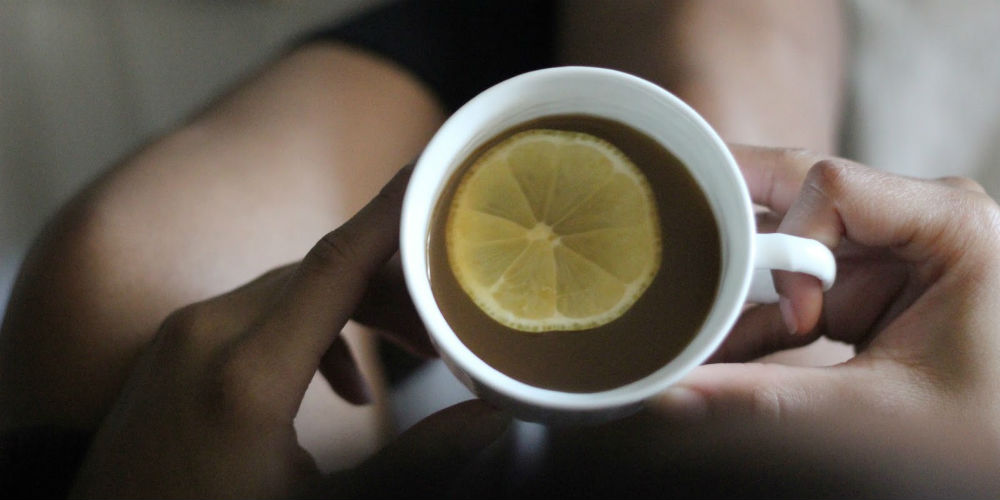
Sleep with a humidifier or dehumidifier
Depending on your skin type, the climate and season of the year, sleeping with a humidifier or dehumidifier can help keep your skin the right balance of moisturized all night long. (Pro-tip: purchase a mini version to keep on your desk at work.)
Check that everything your face touches is clean
Change your sheets and pillowcases regularly, your towels and face clothes and definitely do not touch your face with your phone or your hands – you’ll only introduce more bacteria!
Introduce a skincare routine
Experiment with combinations of the following steps in order to find the right routine for you and your skin type. Choose at least one step from each section to implement in your routine.
Step 1: Cleansing
Step 2: Topical curative agent
Step 3: Moisturizing
Remember that results take time, so devise a routine and then stick to it for 4 to 6 weeks to wait for the outcome and assess effectiveness before making adjustments.
Also keep in mind what you learned about scientific method back in biology class. When revising your routine, isolate the variable by only changing one element of your routine at a time to see if that was causing the problem. If you experience no changes in how clear your skin is, then go back to your original routine and choose another element to change. You can only figure out what’s not working by changing one piece at a time.
More frequent cleansing and exfoliation
If you’re only just starting out on the struggle against acne, blackheads and other blemishes, then at first it will be hard to know just what kind of cleansing routine will be right for your skin. One hint may be looking to what your mother does to cleanse her skin – thanks to genetics, it’s likely that if your mother has oily skin or dry skin, then you also likely have oily or dry skin.
Frequency: For some sensitive or dry skin types, washing with a cleanser only once a day may be enough to maintain clear skin and keep your skin’s natural oils in balance. For more oily, thicker skin, cleansing twice daily or even additional times after a workout or working up a sweat will be necessary.
Cleanser: FOREO’s cleansers are the closest you can find to one-size-fits-all skin care. Their natural ingredients are gentle enough for sensitive skin yet super effective at maintaining a blemish-free complexion. Plus, their day and night formulas give your skin what it needs first thing in the morning and right before bed.
Exfoliation: Exfoliation shouldn’t be a part of your everyday skin care routine, but you should remember to incorporate an exfoliating agent about twice a week into your nighttime skin care routine in order to fight dull skin by sloughing off dead skin cells and encouraging the growth of fresh new skin cells for a glowing, radiant look.
For a natural and inexpensive at-home exfoliator, try combining one teaspoon natural, unbleached sugar with half a teaspoon raw honey and a squeeze of fresh lemon juice. Combine ingredients and add a bit more sugar if the consistency is too loose. Apply to your wet face, give it a brief and gentle scrub, rinse off and voila! You’re exfoliated and your skin smells sweet.
Try LUNA
Face cleansing brush: If you want something better than basic exfoliation, FOREO’s LUNA™4 removes 99% of dirt, oil and makeup residue, boosts circulation and collagen, promotes lymphatic drainage, reduces puffiness, and improves absorption of active ingredients.
Regardless of your skin type, do not over clean! Even the hardiest or most oily of skin types should not be washed too much or too harshly. Your skin naturally produces oils, and a total absence of all oil will leave your skin vulnerable to damage and drying, or even more acne. Scrubbing too hard or exfoliating too harshly or often can also cause more irritation, redness and blemishes.
Topical curative agents
Doctors and facialists can recommend a whole host of prescription or professional treatments for clear skin – read our rundown of the most common options.
Start by experimenting with DIY and over the-counter-treatments to see if these might do the trick for clearing up your acne overnight.
Egg white
Egg white, like the vast majority of topical curative agents, is drying, so do not use this method more than three times a week. An egg white face mask will help open your pores, making cleansing and exfoliating more effective, so if you choose to experiment with this option, apply it before cleansing.
To try an egg white mask, find yourself an egg, a bowl and some cotton makeup pads. Break the egg, let the egg white fall into the bowl and dispose of the yolk (or save it for breakfast in the morning). Use the makeup pad to apply the egg white to your face. Once covered, let it dry. Then apply a second layer and let that dry. Continue until you’ve used all of the egg white, then proceed to cleansing.
Make sure to clean well, as some eggs contain a bacteria called salmonella. Although it’s not likely to harm you through contact with your skin, better safe than sorry, so clean thoroughly.
Salicylic acid gels or cleansing pads
Salicylic acid is a proven acne-fighting agent. After you’ve washed your face, use a product with salicylic acid as the active ingredient. There are many available on the market – medicated makeup pads, facemasks, gels – so choose your favorite or experiment until you find the best one for you.
Benzoyl peroxide gels
Benzoyl peroxide is another proven acne-fighting agent, the difference is that its effect is a bit more intense and drying, so if you have sensitive skin, try a salicylic acid solution first. Like salicylic acid, you can find benzoyl peroxide in any number of forms, but most commonly and most easy to administer is a gel for spot treatment. After cleansing, apply the gel to specific problem areas on your face. Just don’t overuse – a little gel goes a long way, and adding more will not proportionately improve its effectiveness, it will just waste gel.
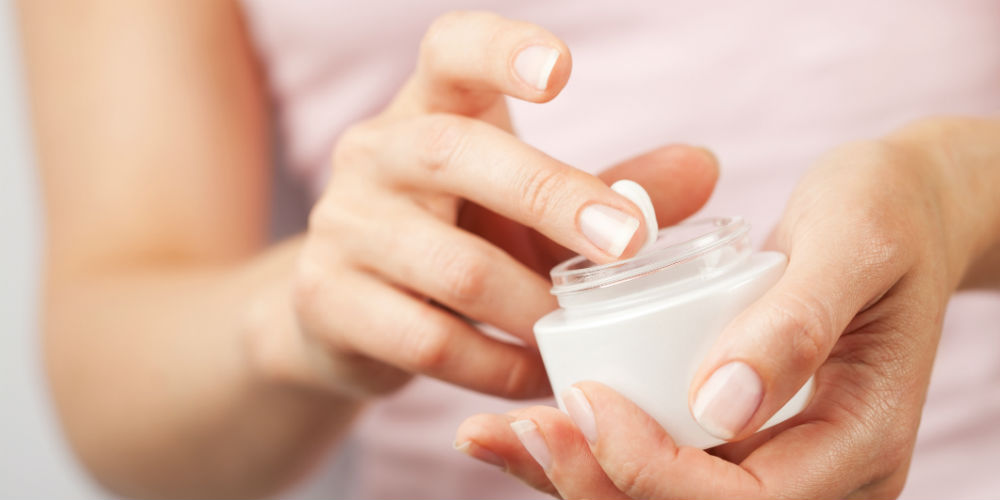
Moisturizing
No matter how oily your skin, never ever skimp on moisturizing. In fact, if you’ve been struggling with oily skin for years and avoiding moisturizing as a result, that is very likely making your skin more oily and your acne worse. Perhaps counterintuitively, often the most effective treatment for oily skin is sufficient and regular moisturizing.
Apply a base moisturizer
Since you’re not going out while you’re fast asleep, you can skip the SPF moisturizer for night and use a heavier, more intense moisturizing cream before bed.
Apply eye cream or serum
Even if you don’t have fine lines or dark circles, nothing is better than the present for preventing signs of aging. Start young and stay looking younger for longer. Try applying your eye cream in combination with an eye massager like the IRIS™2 to improve the absorption and efficacy of your eye cream.
Seal it in
Once you’ve cleansed, applied topical agent(s) and moisturized, seal in your hard work with a top layer of aloe vera. Aloe vera is not only one of nature’s most moisturizing substances, but also it protects your skin all night long, allowing the products you’ve applied to work their magic.
Sleep on your back
Let your skin breathe – don’t undo all the effort of your night time skin care routine by burying your face in your pillow!
Disclaimer: The information on this website and any related links are for general informational purposes only and should not be considered a substitute for professional advice. Do not use the information on this website for diagnosing or treating any medical or health condition. If you have or suspect you have a medical problem, contact a professional healthcare provider.

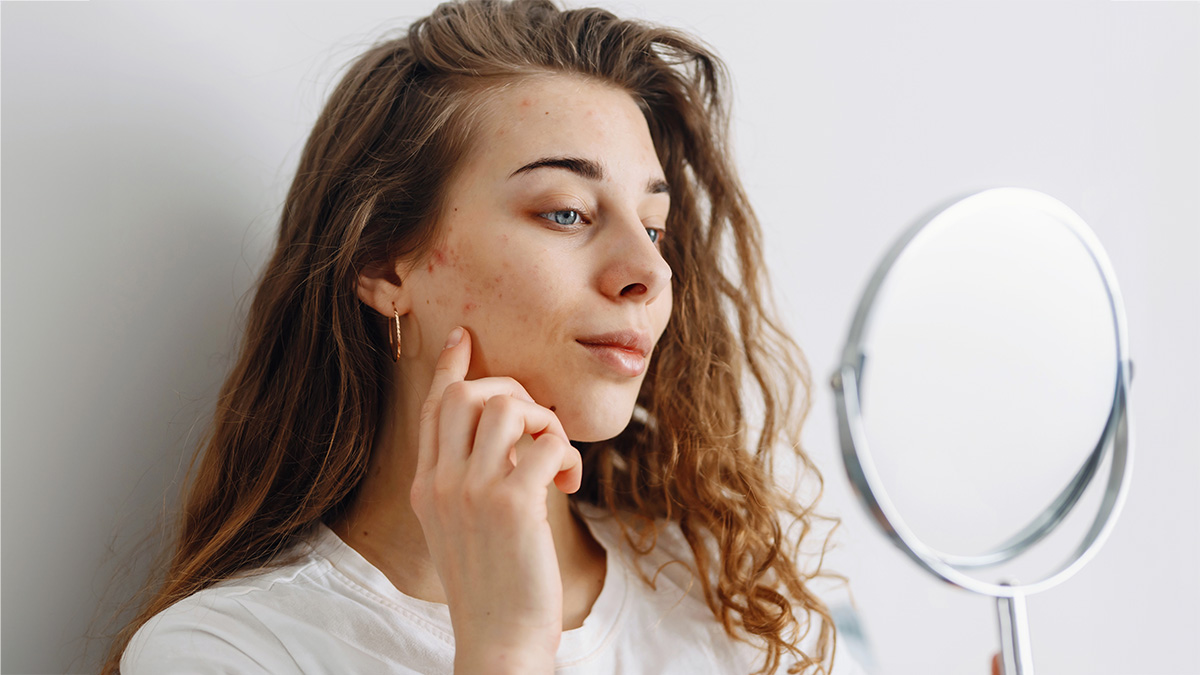
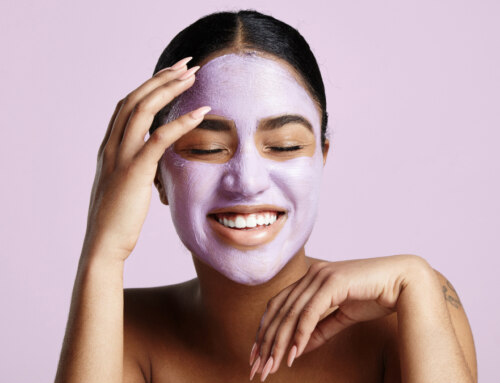
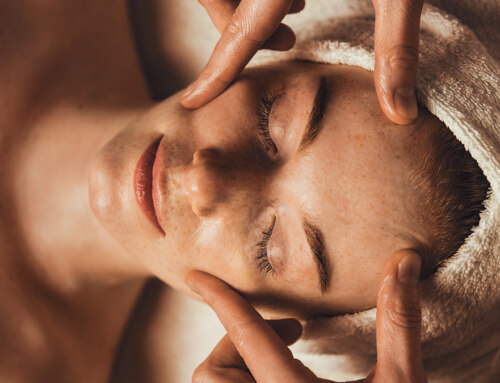

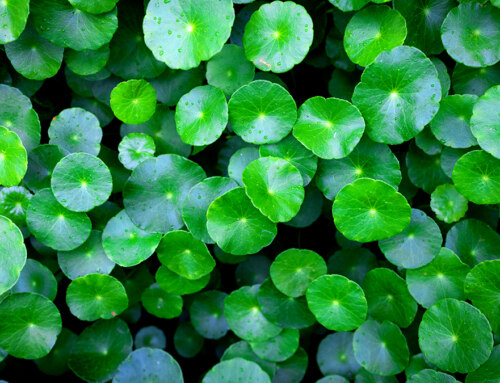
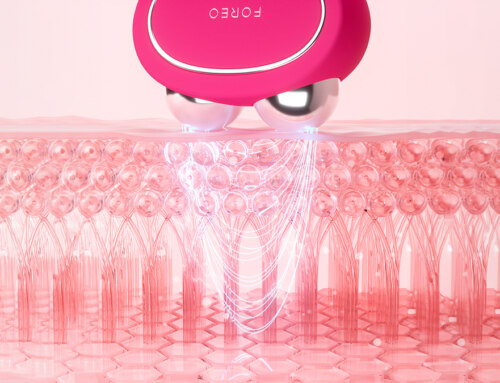

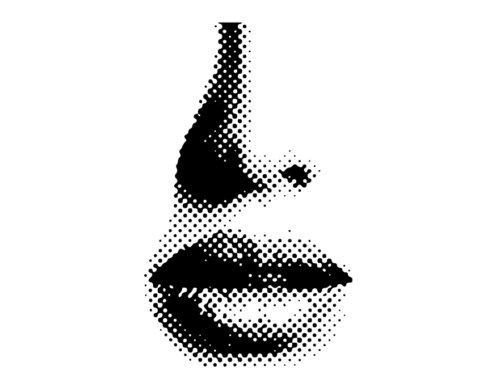

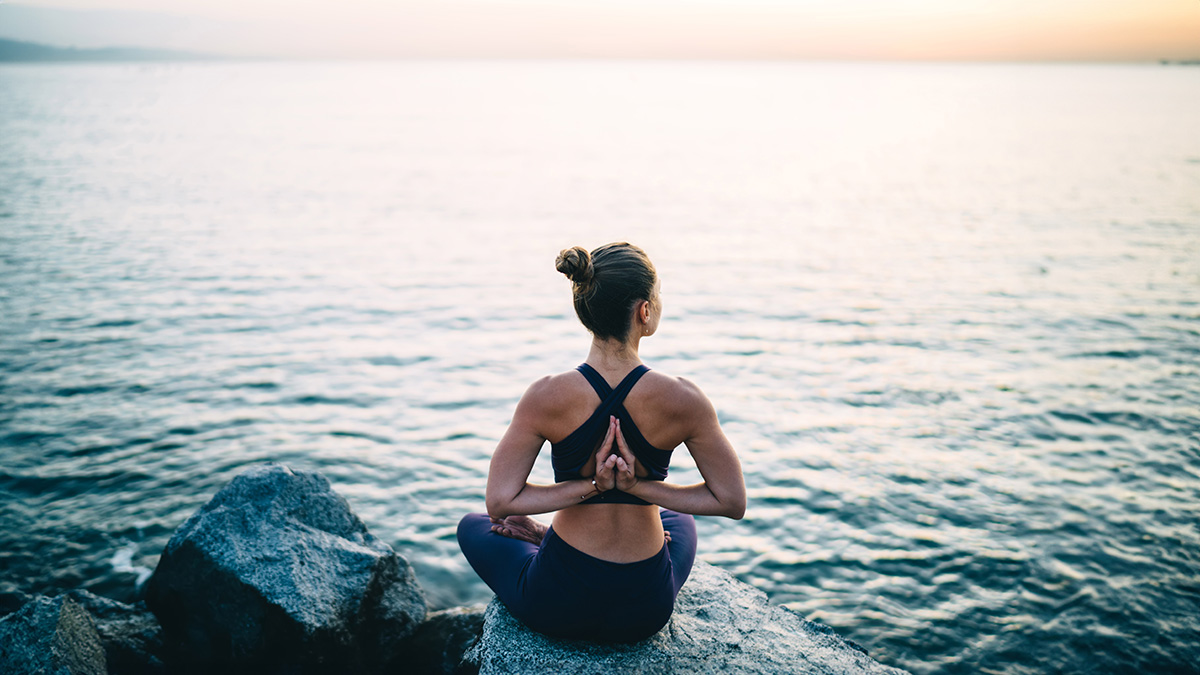

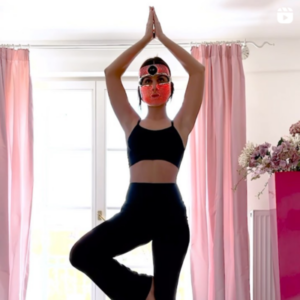
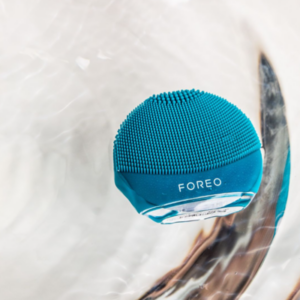
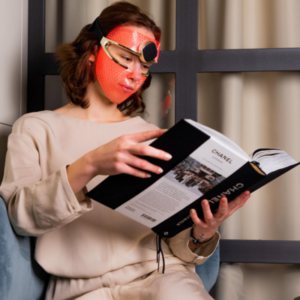
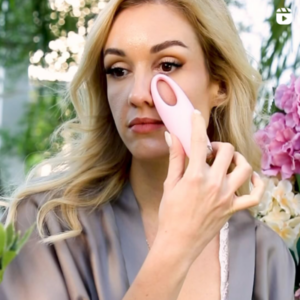
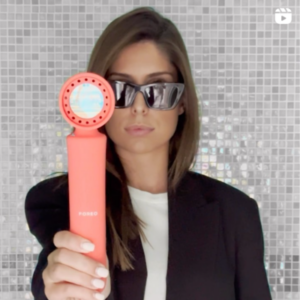
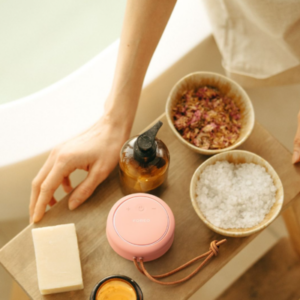
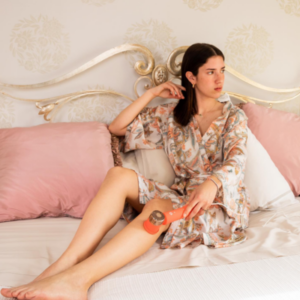
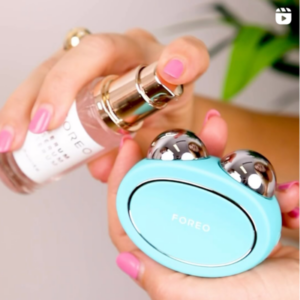
Been Using So Many Different Product For Blemishes, But The Is No Difference..
We hope these steps will help you Teekay :)
Thanks for this great piece of information! Love the way you explain everything. Keep up the good work!
Hi Nabeel! Thank you, we really appreciate that :)
I want get rid of my dark pores
Hi Clemencia, Pore size is hereditary but we can help ourselves to make them less noticeable. I would recommend steaming and exfoliation to help clear them of any excess debris, dirt and oil but of course all these steps will help to improve your skin in general.
Hey I have blemishes on my face and dark spots also patches
I used many things but they are not working
The dark spots / patches maybe the result of scaring from previous blemishes so its always best to consult your dermatologist so you know the root cause of this and then moving forward best treatment.
Water, water, water drink lots of water. It’s so important to drink lots of water every day to make your skin look fresh. When you start to drink enough water you will see the difference in a week or so. Also, try to stay away from fast food and anything that is deep-fried.
We couldn’t agree with you more Usman! Thank you for your advice :)
Hey, Undoubtedly one of the best material I have came across so far. Looking forward for more such post on how get rid of pimple fast.
Glad to hear Amanta and hope our future posts are helpful :)
For me, Exercise is the most effective way to treat a blemish because it will make your blood flow constantly, and donating blood every 3 months will cleanse your body by releasing the toxic blood.
Wow and also contributing to a great cause! Thank you for sharing!
Is is effective and useful idea.? thank you for the post.
You are most welcome Amelia
Thank you for sharing such an information summer skincare. A good article which help naturally.
Thank you for your kind words and we glad you like our post :)
As woman blemishes is killing us inside and outside a
Dear Gugu, We hope that these steps will help you on your road to clearer skin! :)
Hi,its almost 10yrs living with blemishes on my face
I sometimes felt unpleasant with my face
Believe me i’ve tried many things,but no changes
I’m exercising more often thrice a week
Lot of of water drinking and eating veggies is my routine
Pls help
Dear Lucy, sorry to hear that you’ve struggled with blemishes for that long! I completely understand how frustrating that must be. Please try to follow the steps from the article and give it some time, I believe you’ll be amazed by the results. Remember, beautiful skin requires commitment, not a miracle :)
Loved reading this informative article.
Definitely, pimples are annoying and reduce self-esteem……..
Thank you for your kind words and support! Happy to hear you loved the article! Best regards :)
I have been battling with hyperpigmentation, my both cheeks are black patches meanwhile I’m fair in complexion, the worst part is when I use aloe vera, it becomes very darker please I need a help.
Hello there, what an unpleasant situation you are dealing with! It saddens us to hear that you are fighting hyperpigmentation. See, this article consists of useful tips on how to battle it and we are sure that implementing them will help. Still, we strongly suggest you consult with your doctor, a dermatologist, who could provide specific information and a potential solution to your problem. We hope your issue will be resolved as soon as possible. Kind regards :)
I have , blemishes for 5 years now I’ve tried manythings s. But the blemishes still there
Hello there, we are sad to hear that you have been fighting blemishes for such a long time. Try following these carefully prepared tips for getting rid of them. Kindly note that we also suggest that you contact your dermatologist and elaborate in detail about your problem. We are sure the advice from such professionals combined with the tips from our article will be the end solution to your problem. Please don’t give up on searching for the solution. We wish you a nice week. Kind regards :)
The post you shared here is very informative. Thanks for posting such a great post
Dear Isabel, thank you for liking our post. Keep up with every other one we have prepared for you! Kind regards. :)
Isn’t there another way to get rid of blemishes?, like drinking pills and having injection for treatment. I’ve tried it all and even visited a dermatologist and also went for treatment at face specialists, nothing is helping 4 years down the line, I’ve lost so much money but I’m getting worse. The treatment worked for a few days and my blemishes grew and got darker.
Hello there, it saddens us to hear that you have been battling with blemishes and still could not find the best solution. Don’t worry, FOREO has developed a device names ESPADA™ that solves your problem and we will now provide instructions for you on how to use it! Firstly, you should cleanse and dry your face before using ESPADA™ and then press the center button once to activate it. Then please direct it over the blemish you wish to treat with the targeting light for ultimate precision. Gently place the device onto the blemish and hold it there for 30 seconds and wait for the built-in timer to indicate when the treatment is finished. Blemishes can be subjected to more than one 30 second routine, depending on severity. For mild acne, apply two 30 second routines. For moderate acne, 3 to 4 routines. Move the device to another blemish you wish to treat, if any, and repeat the procedure. There is no need to switch off the device between the treatments. We hope you will give our ESPADA™ a try and finally resolve your problem! Kind regards :)